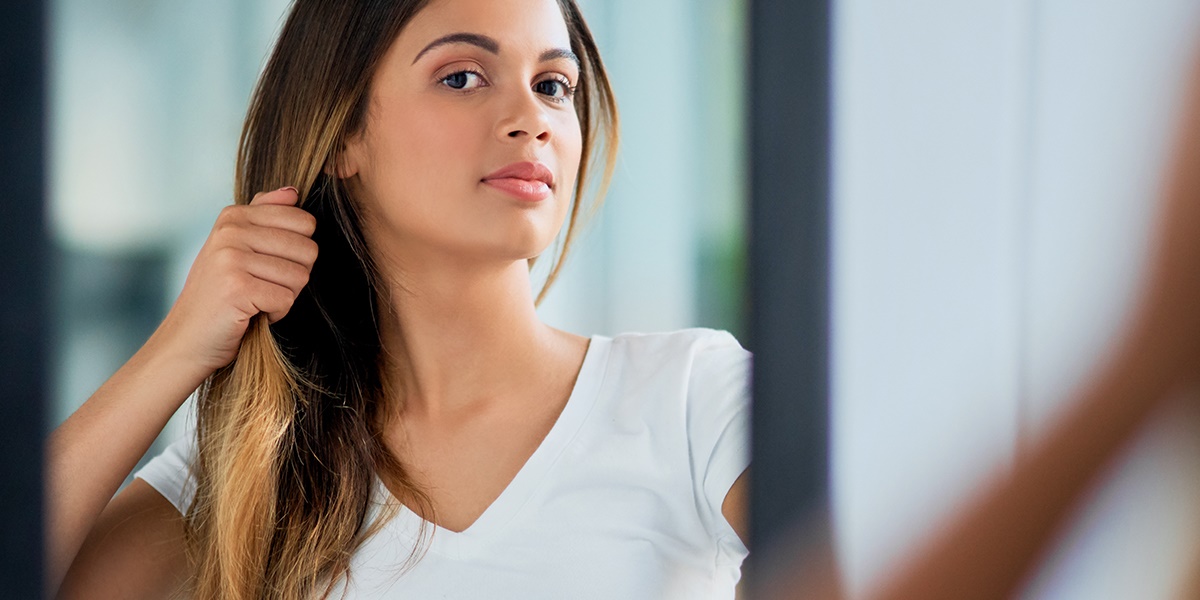
A few months after welcoming your baby into the world, you might start to feel like you’re finding your footing—getting into a routine, and (hopefully) getting some more sleep. Your ‘new normal’ is setting in…
Then something abnormal happens. Your hair starts shedding at an alarming rate. But rest assured, mama. This postpartum condition is completely normal—and there are some tried and true ways to help with hair regrowth.
When Does Postpartum Hair Loss Happen?
Postpartum “shedding” doesn’t happen immediately after your baby is born. In fact, this noticeable hair loss can come as a surprise after most other postpartum symptoms have passed, with peak hair loss around four to five months postpartum. And if it happens to you, you’re not alone. About half of all new mamas experience this condition.
Why Does Postpartum Hair Loss Happen?
Your hair normally grows in cycles (growing phase, resting phase, shedding phase: repeat). But during pregnancy, most of the hair stays in the growth phase due to those big changes in your body’s hormones.
But after your hormones begin to change (again) after baby arrives, estrogen levels fall, causing your beautiful, thick head of pregnancy hair to begin the shedding phase. Because so much of your hair sheds all at once, the volume of hair loss seems far more substantial (and so do the clogged shower drains and tumbleweeds of hair on your bathroom floor).
How to Treat Postpartum Hair Loss
The short answer: You don’t need to. While you might experience some unexpected layers in your hair as it regrows (some mamas refer to their new hair regrowth as their “baby bangs”), most moms find that their hair has more or less returned to normal by their baby’s first birthday.
Here are a few tips and tricks to help your hair regrow, and keep you feeling confident. See what works for you!
- Try out a new haircut to make your hair appear fuller and help new hair regrowth blend in (with an added bonus of less yanking from your baby)
- Be extra gentle with your hair while washing, brushing and styling
- Try to avoid tight hairstyles that put strain on your scalp and hair
- Use volumizing shampoos and lightweight conditioners that won’t weigh down your hair (avoid labels like ‘intensive conditioning,’ as these products can make your hair appear limp)
- Eat well and continue to take your prenatal vitamins to ensure that your body (and as a result, your hair!) is getting all of the nutrients it needs
When to Be Concerned About Postpartum Hair Loss
If your hair hasn’t returned to normal after a year, a visit to your provider may be in order. Other factors may be contributing to hair loss or inhibiting your hair’s regrowth, and a diagnosis is essential for effective treatment.
If you’re a new mama experiencing postpartum hair loss, be on the lookout for a rare occurrence where a strand of hair can unknowingly wrap around your baby’s finger, toe or other body part. Known as a hair tourniquet, the strand can cut off circulation and needs to be removed immediately by gently unwinding the hair or using scissors if necessary. Call your doctor if you need medical help to remove the hair.